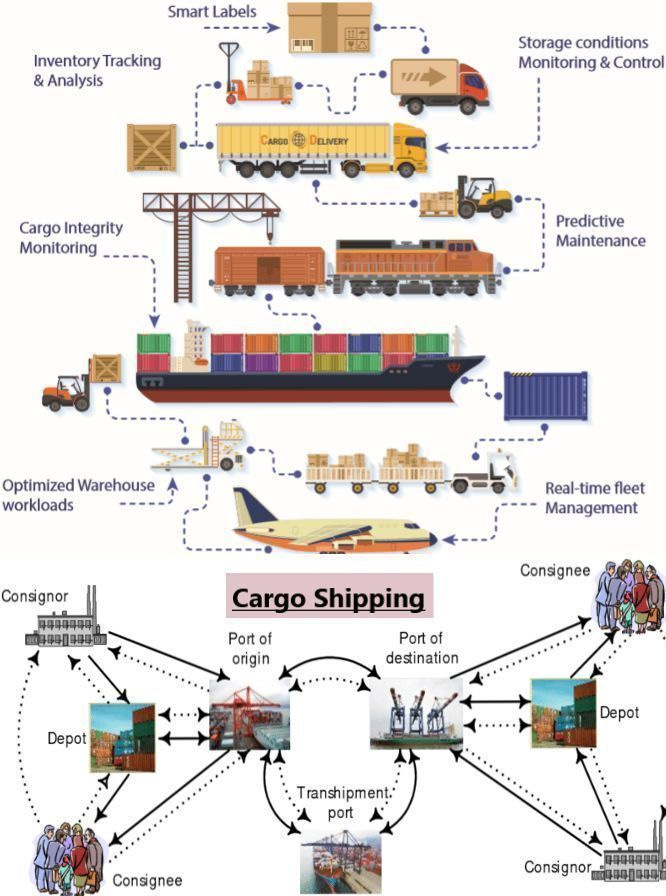The Vital Role of Cargo Shipping in Global Logistics.
The Backbone of Global Trade, The Critical Role of Cargo Shipping
Cargo shipping continues to be the cornerstone of international logistics, serving as the main method of transporting items, goods and commodities from ports to destinations worldwide.
As the cheapest mode of transportation per ton, it is preferred for its economic efficiency and low environmental impact, especially over long distances.
Its greatest advantage lies in its ability to transport bulky goods that cannot be carried by land or air. Modern cargo ships are often equipped with cranes and other loading equipment, which increases their operational efficiency.
The Dominance of Asia-Pacific in Cargo Shipping
The cargo shipping industry is currently led by the Asia-Pacific region, followed by Europe, North America, and LAMEA (Latin America, Middle East, and Africa).
Asia-Pacific's dominance, particularly in China, South Korea, and Japan, is fueled by favorable trade agreements and a growing demand for crude oil.
This region's strategic advantages have positioned it as the hub of global cargo shipping.
Key Drivers and Challenges
Several factors drive the cargo shipping market :
Increase in International Marine Freight Transport : As global trade expands, so does the need for efficient marine freight services.
Rising Demand for Cargo Transportation by Ship : Ships remain the most cost-effective method for transporting large volumes of goods over long distances.
Surge in Trade-related Agreements : International trade agreements facilitate smoother and more voluminous cargo movements.
However, the market faces challenges such as fluctuations in transportation and inventory costs and global trade tensions, which can hinder growth. Despite these challenges, there are numerous opportunities for market expansion :
Automation in Marine Transportation : Advances in technology are making shipping operations more efficient and cost-effective.
Increased Marine Safety Norms : Enhanced safety regulations improve the reliability of cargo shipping.
Growth of the Digital Freight Forwarding Industry : Digital innovations streamline logistics processes, making cargo shipping more efficient.
Market Segmentation
The cargo shipping market is segmented based on cargo type, ship type, and industry type:
Cargo Type : Liquid cargo, dry cargo, and general cargo.
Ship Type : Bulk carriers, general cargo ships, container ships, tankers, reefer ships, and others.
Industry Type : Food & beverages, manufacturing, retail, oil & gas, automotive, pharmaceutical, electrical & electronic, and others.
Geographically, the market is analyzed across North America, Europe, Asia-Pacific, and LAMEA.
Growth Opportunities in China
China's logistics sector is experiencing rapid growth, driven by increased industrial and manufacturing activities and a rise in cross-border trade and export activities.
This growth creates significant opportunities for the cargo shipping market, as China's demand for efficient cargo transport continues to rise.
Conclusion
Cargo shipping is an indispensable part of global logistics, offering an efficient, economical, and environmentally friendly means of transporting goods.
As the industry evolves with technological advancements and digital innovations, it is poised for sustained growth, particularly in the Asia-Pacific region.
The continuous development of international trade agreements and the rising demand for crude oil will further cement cargo shipping's critical role in the global supply chain.
Stay tuned to "Logistics Insider" for more insights into the dynamic world of logistics and transportation.
By staying informed about the latest trends and developments in cargo shipping, logistics professionals can better navigate the complexities of global trade and contribute to more efficient and sustainable logistics solutions.





